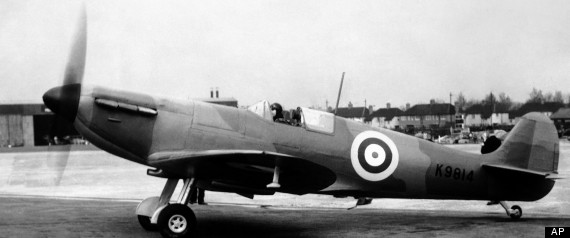The Pump House Steam Museum is offering a series of afternoon lectures to Kingstonians this fall.
On Nov. 10, Jeff Seibert, senior archeologist with the Cataraqui Archeological Research Foundation, will present a talk on recent excavations that have been executed in the Limestone City.
“I hope people will find it interesting because it deals with their history, history [that is right] on their own doorstep,” said Seibert. “The history of Kingston is much livelier than people realize. It’s much more interesting. It’s tied to events like the War of 1812. Kingston was a real hub of activity in the past, probably more than people realize.”
This summer, staff at CARF spent their time excavating the site of the old Naval Hospital. Built at some point between 1813 and 1814, the team managed to excavate plenty of interesting artifacts, including rotten nails, ceramics and broken glass. Even more exhilarating though, was unearthing the structural remains of the old building.
“We weren’t entirely sure we were going to have a lot of luck finding it, [but] we found basically the entire footprint or trace of the hospital,” said Seibert.
This discovery will be the focus of his upcoming lecture.
“It’s a real sort of thrill to find something that old, something that hasn’t been seen for hundreds of years,” said Seibert.
During his presentation, Seibert will also discuss the Can You Dig It? program, which provides an opportunity for people of all ages to experience archaeology in the city through hands-on workshops and field excavation. Since its inception in 1996, the program has offered participants experience in all aspects of work related to archaeological excavation.
The afternoon lecture series began last week with a presentation by Dr. Anne Foley of Queen’s University’s department of classics.
Dr. George Clark of Queen’s University’s department of English will host the next lecture on Nov. 3. His talk will cover Vikings, including the word itself, its origins and its changing meanings up to the present. He will also discuss heroes of the Viking age.
Up next is Siebert’s lecture on Nov. 10.
On Nov. 17, Beth Abbott from the Kingston Handloom Weaver and Spinners will deliver the final lecture on Icelandic Fleece.
Until Nov. 24, the museum is also offering hands-on programs for people of all ages. These programs are included with admission from 10 a.m. to 2:30 p.m.
These Viking and archeology-themed programs are part of the Viking Exhibit that is running at the Pump House Steam Museum until Dec. 1.
Lectures begin at 3 p.m. and will run until approximately 4:30 p.m.
For more information on these and other programs, visit http://www.steammuseum.ca.
The Pump House Steam Museum is located at 23 Ontario St.





